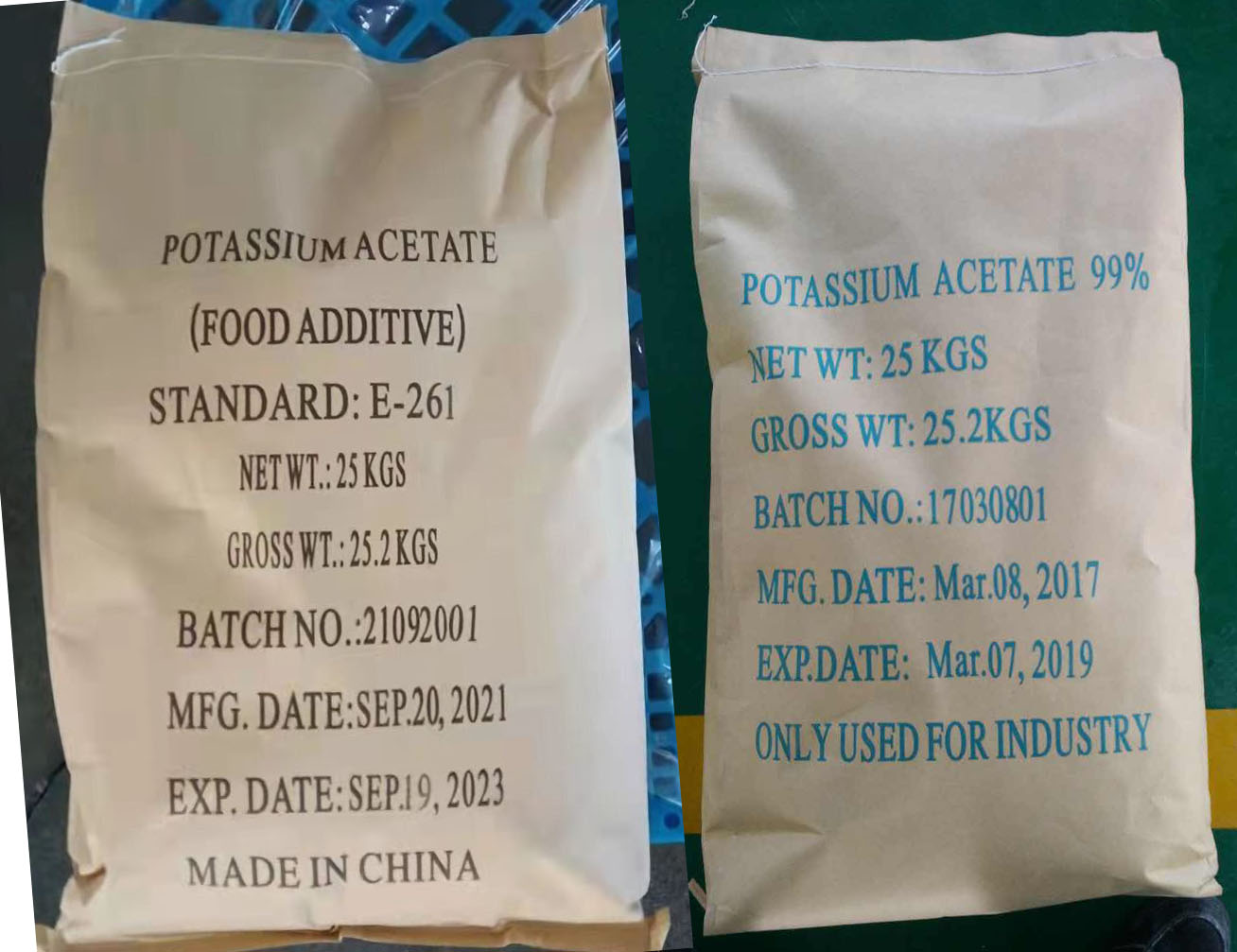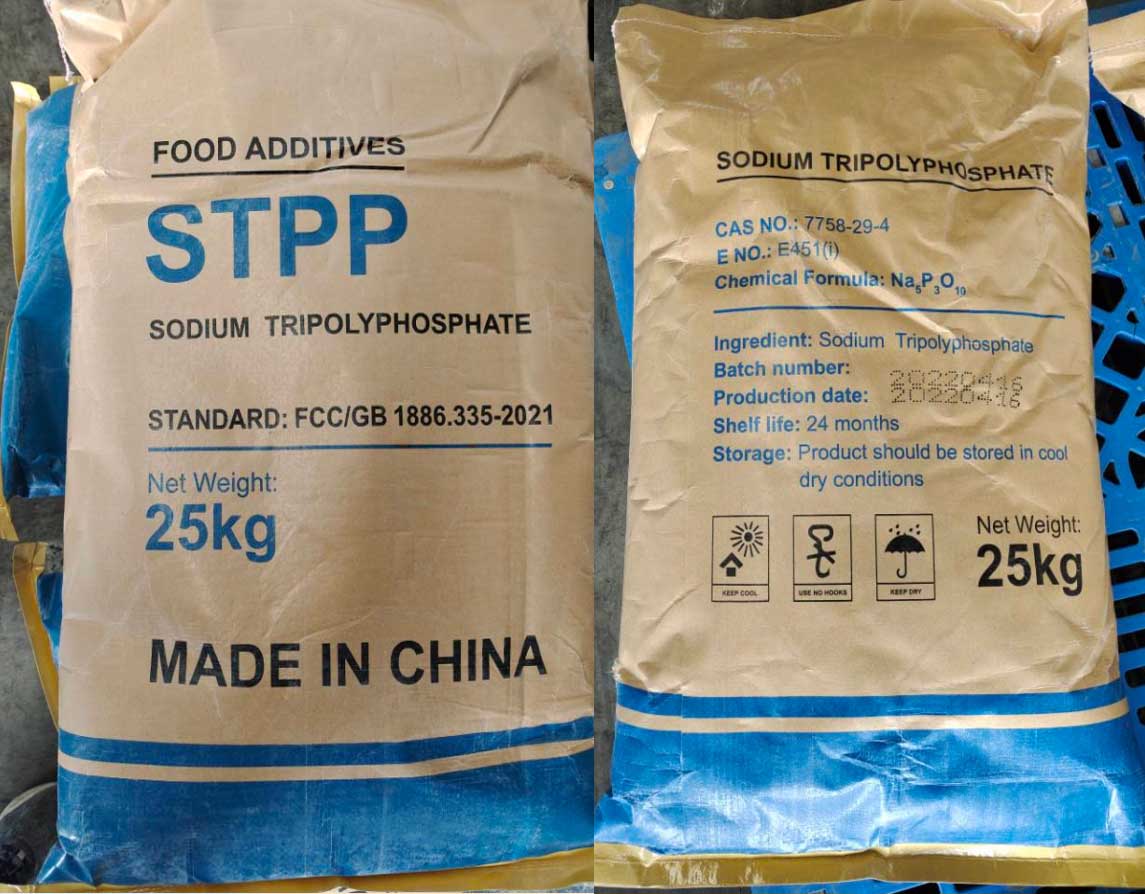Magnesium Acetate: A Comprehensive Overview
Basic Information
Chemical Formula: <math xmlns="http://www.w3.org/1998/Math/MathML">
C 4 H 10 MgO 4 \text{C}_4\text{H}_{10}\text{MgO}_4 C 4 H 6 MgO 4 ⋅ 4 H 2 O \text{C}_4\text{H}_{6}\text{MgO}_4 \cdot 4H_2O Molar Mass:
Anhydrous: 142.43 g/mol
Tetrahydrate: 214.45 g/mol
CAS Number:
Anhydrous: 16674-78-5
Tetrahydrate: 16674-78-5
Appearance: White crystalline powder or granules
Solubility: Highly soluble in water and slightly soluble in alcohol
pH: Slightly acidic in aqueous solution
Odor: Odorless
Applications
Magnesium acetate is widely used in various fields due to its solubility and chemical properties. Key applications include:
Deicing Agent:
Used as an environmentally friendly deicer for roads, airport runways, and sidewalks. It is less corrosive than chloride-based deicers and safer for vegetation.
Catalyst in Chemical Reactions:
Acts as a catalyst in the production of polyesters and other polymeric materials.
Textile Industry:
Used in dyeing and printing processes to improve dye fixation.
Pharmaceuticals & Medicine:
Used in dietary supplements to provide magnesium, essential for biological processes like muscle and nerve function.
A component in some medications for treating magnesium deficiency.
Food Industry:
Occasionally used as a food additive and preservative due to its buffering properties.
Laboratory & Research:
Commonly used in biochemical and molecular biology experiments as a reagent.
Wastewater Treatment:
Used to control odors and facilitate phosphate removal in wastewater management.
Production Methods
Magnesium acetate is typically produced by the reaction of magnesium hydroxide or magnesium carbonate with acetic acid:
Reaction with Acetic Acid:
<math xmlns="http://www.w3.org/1998/Math/MathML" display="block">
Mg(OH) 2 + 2 CH 3 COOH → Mg(CH 3 COO) 2 + 2 H 2 O \text{Mg(OH)}_2 + 2 \text{CH}_3\text{COOH} \rightarrow \text{Mg(CH}_3\text{COO)}_2 + 2 \text{H}_2\text{O} or
<math xmlns="http://www.w3.org/1998/Math/MathML" display="block">
MgCO 3 + 2 CH 3 COOH → Mg(CH 3 COO) 2 + CO 2 + H 2 O \text{MgCO}_3 + 2 \text{CH}_3\text{COOH} \rightarrow \text{Mg(CH}_3\text{COO)}_2 + \text{CO}_2 + \text{H}_2\text{O} Crystallization:
The resulting solution is concentrated and cooled to obtain magnesium acetate tetrahydrate in crystalline form.
Drying (For Anhydrous Form):
The tetrahydrate can be heated under vacuum or at moderate temperatures to remove water, yielding anhydrous magnesium acetate.
Working Principle & Chemical Properties
Solubility & Dissociation:
Magnesium acetate dissolves readily in water, dissociating into magnesium ions (Mg²⁺) and acetate ions (CH₃COO⁻).
This makes it useful in various biological and chemical applications where a soluble magnesium source is required.
Buffering Action:
Acts as a mild buffer in aqueous solutions, helping to maintain a stable pH in biochemical reactions.
Biological Role:
Magnesium is a crucial cofactor for many enzymes, playing a role in ATP metabolism, DNA synthesis, and cellular signaling.
Reaction with Bases & Acids:
Can react with strong bases to form magnesium hydroxide.
Reacts with stronger acids, replacing the acetate group with other anions.
Safety & Handling
Toxicity: Considered low toxicity, but excessive ingestion can lead to digestive disturbances.
Storage: Should be stored in a cool, dry place, away from moisture to prevent clumping or degradation.
Environmental Impact: Biodegradable and less harmful than chloride-based salts for deicing applications.
Conclusion
Magnesium acetate is a versatile compound with applications in deicing, pharmaceuticals, wastewater treatment, and industry. It is produced by reacting magnesium hydroxide or carbonate with acetic acid and is valued for its solubility and buffering properties. Safe and environmentally friendly, it continues to be an important chemical in various scientific and industrial processes.
Product Name | Magnesium acetate tetrahydrate |
Appearance | White fine crystal |
Molecular formula | MgCH3CO2.4H2O |
Molecular weight | 214.45 |
CAS No. | 16674-78-5 |
EINECS No. | 205-554-9 |
Melting point | 80℃(decomposes) |
Boiling point | / |
Density | 1.45g/mL |
Content % | 99.0 |
Cl ≤% | 0.2 |
Sulfate ≤% | 0.2 |
Heavy metal ≤% | 0.005 |
Water insoluble matter ≤% | 0.2 |




